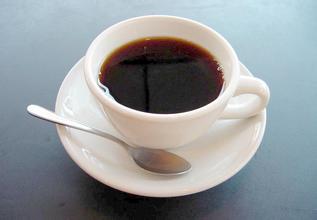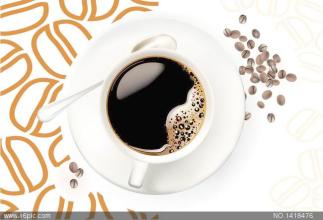Characteristics of Jamaica Blue Mountain Coffee Bean
Blue Mountain Coffee is undoubtedly one of the best coffees available. Although the price can ensure an adequate supply of Blue Mountain coffee, it does not guarantee the best flavor of the coffee. It is also worth noting that this kind of coffee is more expensive to drink than it looks. In order to taste his best flavor, you must put in more coffee beans than when drinking other coffee, otherwise the flavor will not live up to its name. So the real cost of reflecting the flavor is that it has to add 10% more coffee beans than the coffee whose price is second only to it.
It is said that the real Blue Mountain coffee is made from the best local raw coffee beans, which is the pleasure of tasters. Its flavor is rich, balanced, fruity and sour, and can meet people's various needs. In addition, the flavor of high-quality fresh Blue Mountain coffee is particularly long-lasting, as drinkers say-endless aftertaste.
It is necessary to carefully understand the myth of Blue Mountain Coffee, because the image of the past is often inconsistent with the reality of today. In 1725, Sir Nicholas Roth brought the first Blue Mountain Coffee from Martinique to Jamaica and planted it in the St. Andrews area. Today, St. Andrew is still one of the three major producers of Blue Mountain Coffee, while the other two are Portland and St. Thomas producing area. In eight years, Jamaica exported more than 375 tons of pure coffee. In 1932, coffee production reached its peak and more than 15000 tons of coffee was harvested.
But in 1948, the quality of coffee had declined and Canadian buyers refused to renew their contracts, so the Jamaican government set up the Coffee Industry Committee to save the fate of top coffee. By 1969, the situation had improved because the use of Japanese loans had improved the quality of production, thus ensuring the market. Even in 1969, Japanese coffee drinkers were willing to pay a deposit for this kind of coffee, but now it has reached the point where it is frenzied.

Important Notice :
前街咖啡 FrontStreet Coffee has moved to new addredd:
FrontStreet Coffee Address: 315,Donghua East Road,GuangZhou
Tel:020 38364473
- Prev

Introduction to flavor and taste of coffee beans
The taste of coffee generally includes three aspects: smell, taste and taste. There are 18 kinds of odors: animal, ash, coke, chemicals, chocolate, caramel, roasted sweet potato, earth, flowers, fruit, grass and vegetables, almonds, sour rot, rubber, spicy, tobacco, wine, wood. The most basic tastes are: sour and bitter
- Next

Roasting degree of Golden Manning Coffee beans
Does gold manning have to be sour? Aiwo fragrant used to do such a test, testing deep-baked gold mantenin, medium-baked gold manning, medium-light baked gold mantenin. The test methods used for Aiwo fragrance are all manual extraction, serving for two, the thickness of the powder and the water temperature are slightly adjusted due to different baking. After the test, the conclusions of Aiwo incense are as follows: 1. Often
Related
- Does Rose Summer choose Blue, Green or Red? Detailed explanation of Rose Summer Coffee plots and Classification in Panamanian Jade Manor
- What is the difference between the origin, producing area, processing plant, cooperative and manor of coffee beans?
- How fine does the espresso powder fit? how to grind the espresso?
- Sca coffee roasting degree color card coffee roasting degree 8 roasting color values what do you mean?
- The practice of lattes: how to make lattes at home
- Introduction to Indonesian Fine Coffee beans-- Java Coffee producing area of Indonesian Arabica Coffee
- How much will the flavor of light and medium roasted rose summer be expressed? What baking level is rose summer suitable for?
- Introduction to the characteristics of washing, sun-drying or wet-planing coffee commonly used in Mantenin, Indonesia
- Price characteristics of Arabica Coffee Bean Starbucks introduction to Manning Coffee Bean Taste producing area Variety Manor
- What is the authentic Yega flavor? What are the flavor characteristics of the really excellent Yejasuffi coffee beans?

